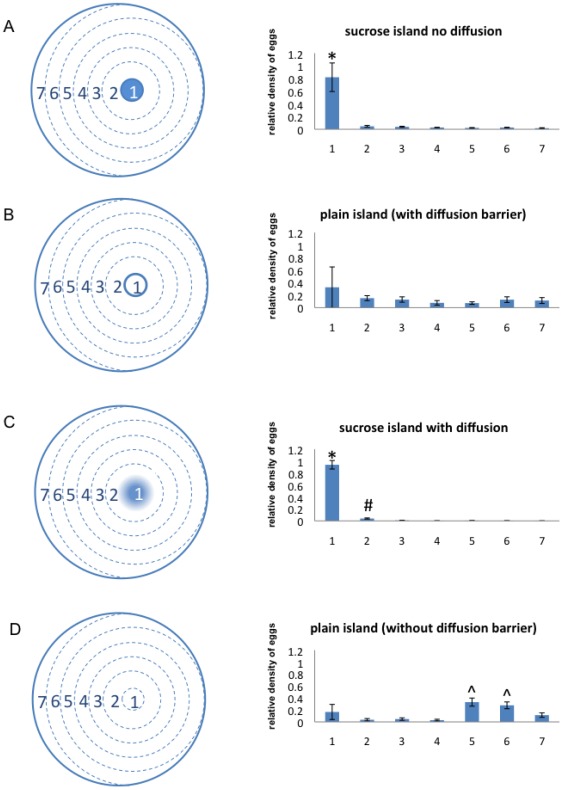Figure 3. In large chambers, Drosophila prefer egg laying on sugar even when given the option to lay eggs close to the sugar or with diffusion gradients.
In these single island experiments, flies had the options of laying eggs at any location on the substrate. For the purpose of quantification, the petri dish was divided into 7 zones. Relative densities of eggs were calculated for each zone. (A) With 100 mM sucrose island experiments and no diffusion, females laid a significantly greater fraction of eggs in the sucrose island than in any other zone (as determined by a one-way ANOVA and Tukey's Multiple Comparison Test; * indicates p<0.05 as compared to each other zone) (n = 13, average total number of eggs = 24). (B) The island itself was only mildly attractive when filled with plain agarose (no significant differences by one-way ANOVA and Tukey's Multiple Comparison Test) (n = 5, average total number of eggs = 37). (C) In a 100 mM sucrose island with diffusion, females strongly preferred the island as determined by a one-way ANOVA and Tukey's Multiple Comparison Test; * indicates p<0.05 as compared to each other zone; # indicates p<0.05 as compared to zone 3–7) (n = 17, average total number of eggs = 41). (D) A plain island was not attractive in comparison to the sucrose island used in C (^ indicates p<0.05 as compared to zones 1–4, and 7) (n = 8, average total number of eggs = 15).

